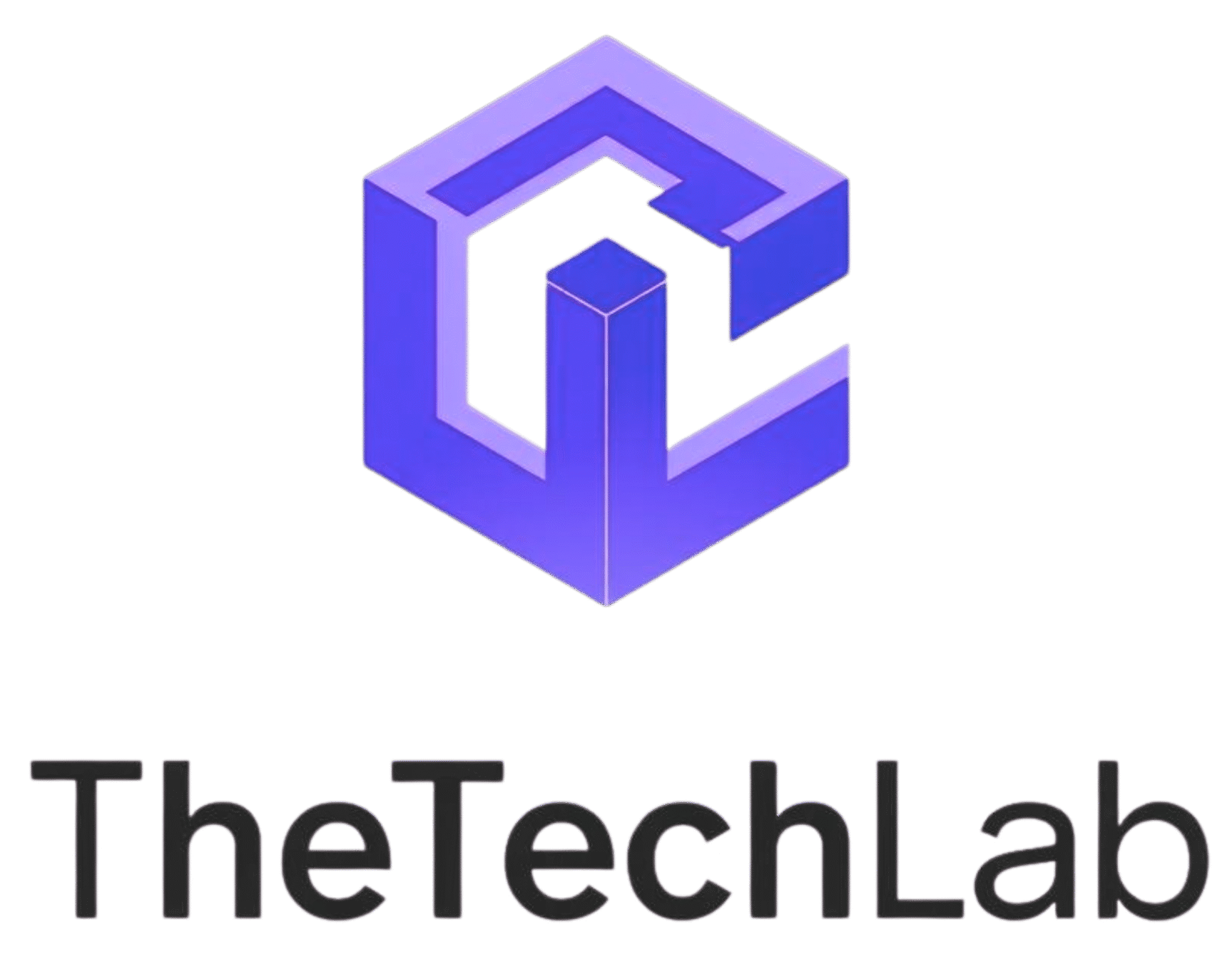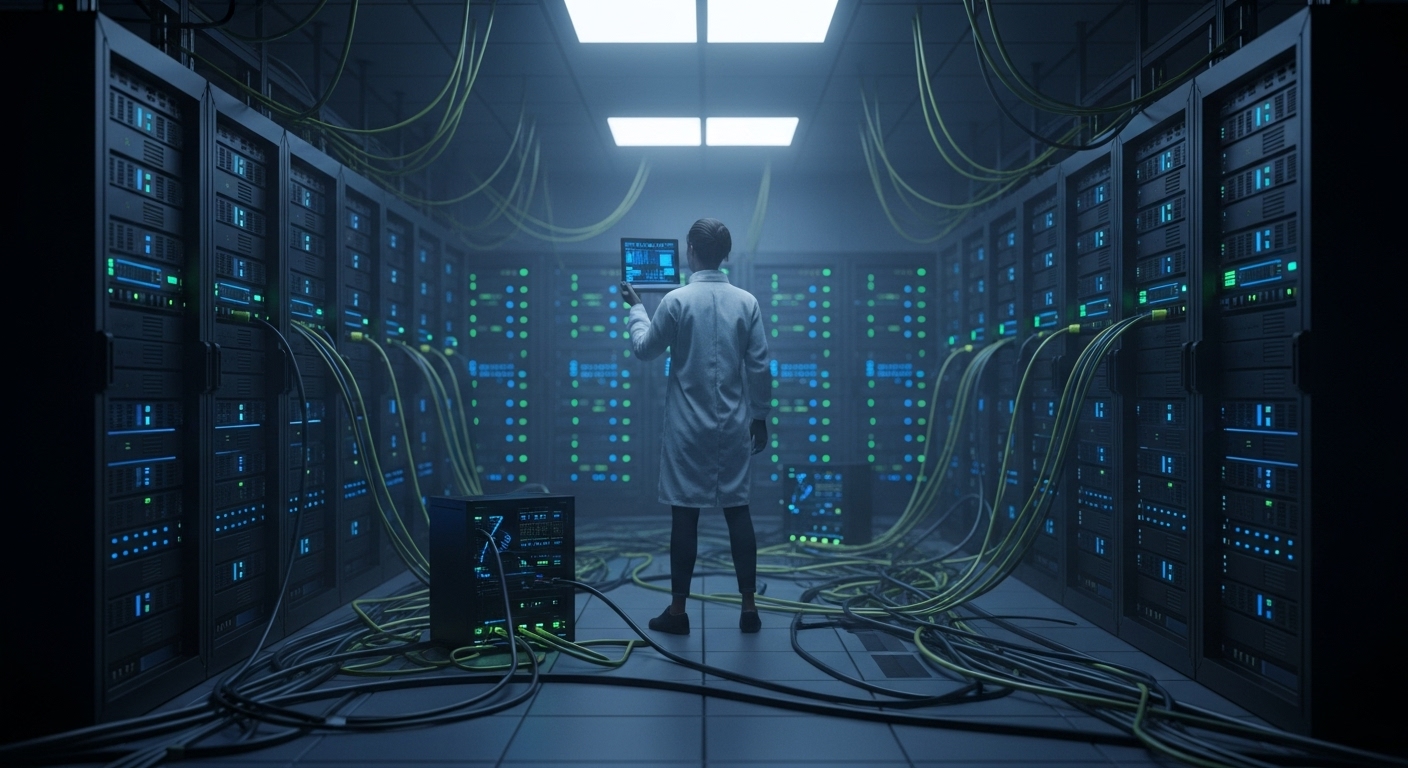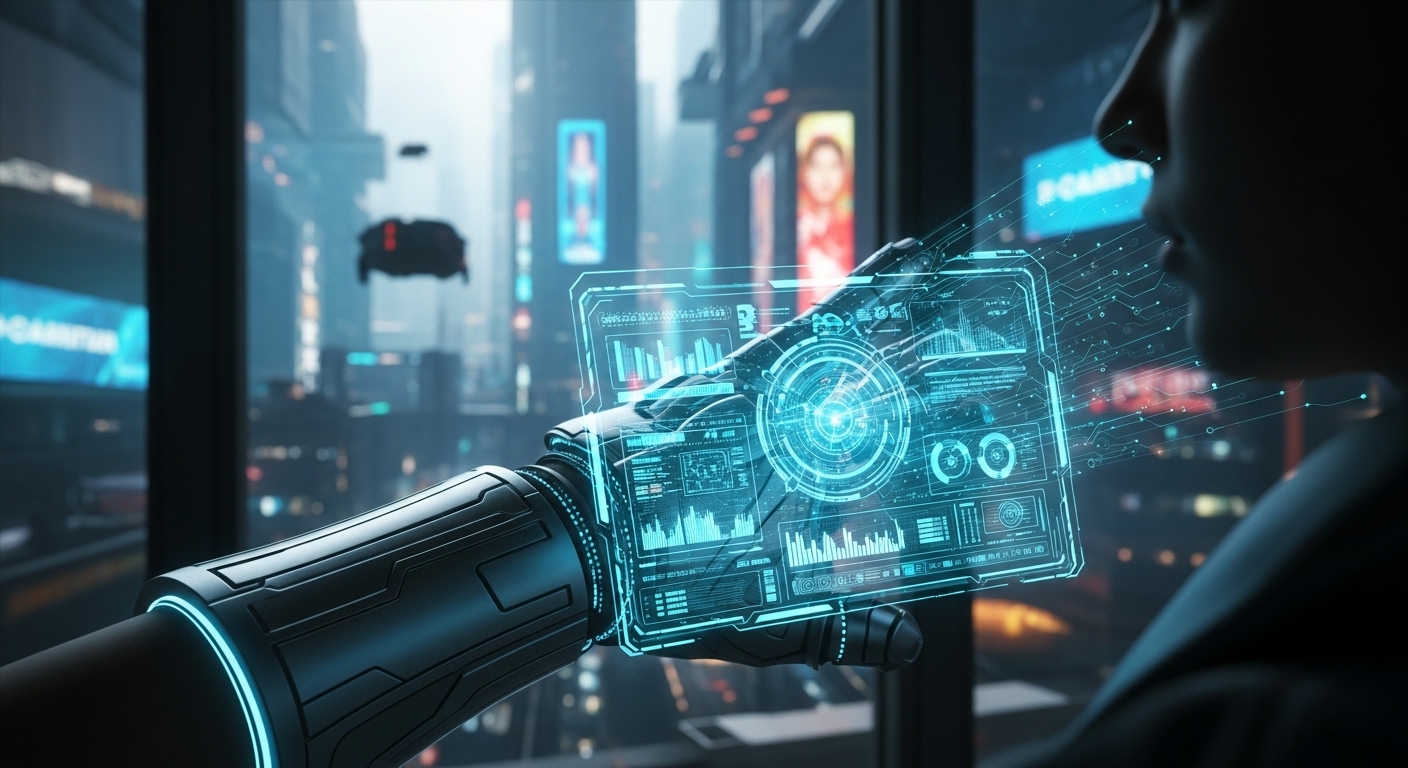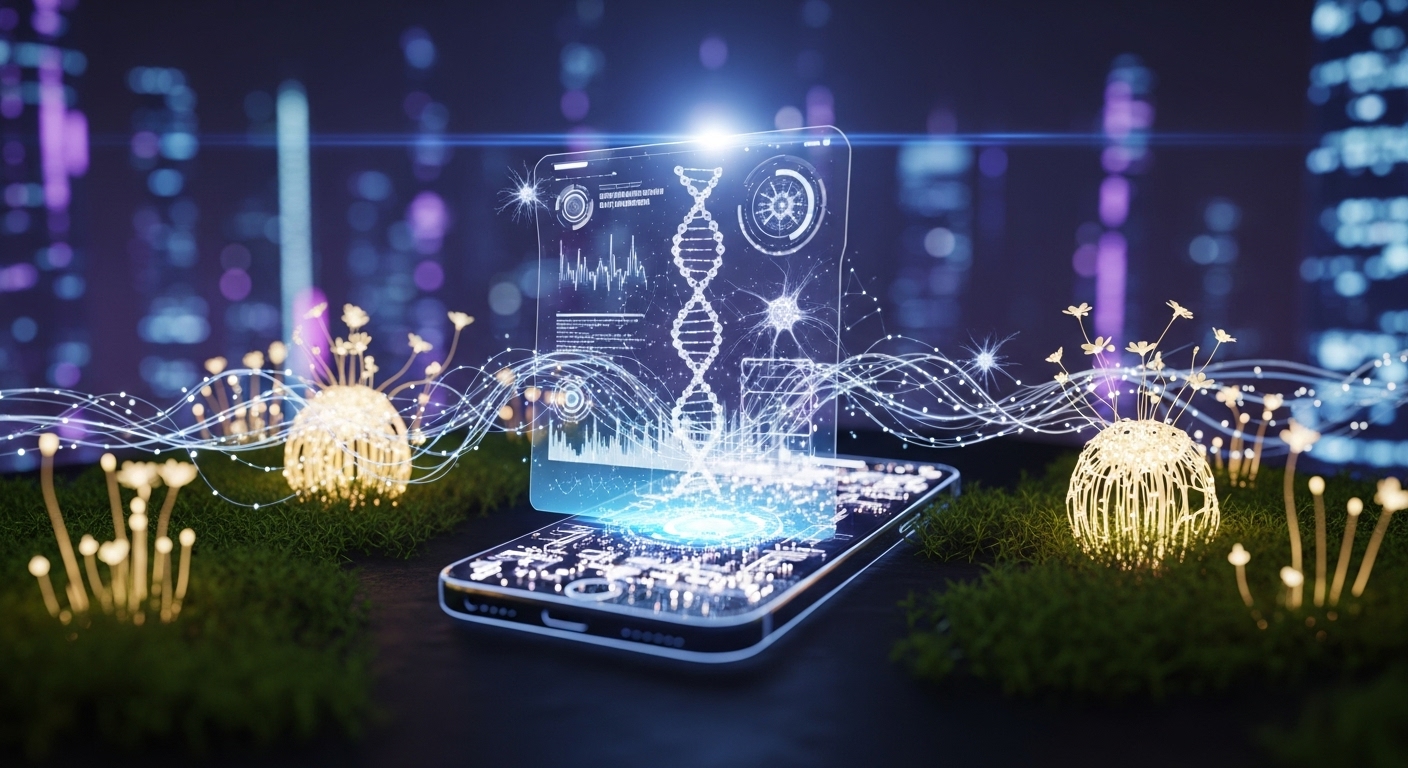Introduction: Technology as the Engine of Progress
Technology has become the cornerstone of modern civilization. It touches every aspect of our daily lives, from communication and healthcare to transportation and entertainment. Over the decades, technological innovations have continuously reshaped societies, economies, and individual lifestyles. What began as simple tools for survival has evolved into complex systems that drive efficiency, creativity, and global connectivity.
In this blog, we will explore the evolution of technology, its impact on key industries, its influence on society and culture, the ethical challenges it presents, and the emerging trends that will define the future. With proper headings and structured content, this blog provides a comprehensive understanding of technology’s profound influence on the modern world.
The Evolution of Technology
Technology has evolved in phases, each marking a significant leap in human capability.
1. Early Innovations:
Human progress began with basic tools, fire, and agriculture. These early innovations allowed humans to survive and thrive, laying the foundation for more complex inventions. Simple machines such as levers, pulleys, and wheels transformed labor efficiency and transportation.
2. Industrial Revolution:
The Industrial Revolution, beginning in the 18th century, marked a dramatic shift in production and society. Steam engines, mechanized looms, and mass manufacturing processes increased productivity and urbanization. This era introduced industrial-scale innovation that would set the stage for modern technological advancements.
3. 20th Century Breakthroughs:
The 20th century witnessed remarkable technological leaps. Electricity, automobiles, telephones, and airplanes reshaped mobility and communication. Computers emerged mid-century as large, specialized machines, gradually becoming smaller and more accessible, eventually leading to personal computing.
4. The Digital Revolution:
The late 20th and early 21st centuries ushered in the digital revolution. The internet, mobile technology, and wireless communication transformed how people access information, conduct business, and interact socially. Personal computers, smartphones, and tablets created a connected world, where information and communication became instantaneous.
Computing and Artificial Intelligence
Computing technology underpins many modern innovations and continues to drive progress across industries.
1. Evolution of Computers:
Computers evolved from room-sized machines used in scientific research to powerful personal devices accessible to millions. Laptops and smartphones have made computing portable and ubiquitous, enabling work, entertainment, and communication on the go.
2. Artificial Intelligence and Machine Learning:
Artificial intelligence, powered by machine learning and deep learning, has revolutionized decision-making, automation, and problem-solving. AI algorithms analyze vast datasets, recognize patterns, and perform tasks previously possible only for humans. Applications range from virtual assistants to autonomous vehicles and predictive analytics in healthcare.
3. Robotics and Automation:
Robotics, combined with AI, is reshaping industries. In manufacturing, robots handle repetitive tasks with precision and speed. Collaborative robots, or cobots, work alongside humans, increasing efficiency without replacing human oversight. Automation is also transforming logistics, agriculture, and service sectors.
The Internet and Connectivity
The internet has fundamentally altered the way humans communicate, work, and consume content.
1. Global Connectivity:
High-speed internet and mobile networks have connected billions worldwide. Social media, messaging apps, and video platforms have transformed communication, enabling real-time interaction across continents.
2. Cloud Computing:
Cloud technology allows data storage, processing, and access over the internet. Businesses and individuals can collaborate in real-time, access information remotely, and scale operations without physical infrastructure. Cloud services have become integral to education, business, and personal use.
3. Internet of Things (IoT):
IoT connects everyday objects to the internet, enabling automation and monitoring. Smart homes, wearable devices, and industrial IoT systems optimize energy usage, improve health tracking, and enhance efficiency. IoT is creating a more responsive and interconnected world.
Technology in Healthcare
Healthcare has been profoundly transformed by technological innovation.
1. Diagnostic Technology:
Advanced imaging systems, AI-assisted diagnostics, and wearable health devices improve accuracy and speed in detecting diseases. Technologies like MRI, CT scans, and AI algorithms help doctors provide timely and precise treatments.
2. Telemedicine and Remote Care:
Telemedicine enables patients to consult with healthcare professionals remotely. Digital platforms, mobile apps, and virtual consultations have expanded access to medical care, especially in remote and underserved areas.
3. Personalized Medicine:
Genomic sequencing, AI analysis, and data-driven healthcare allow personalized treatment plans tailored to individual patients. This approach improves outcomes and minimizes adverse effects.
4. Robotics in Surgery:
Robotic surgery allows for minimally invasive procedures with higher precision and faster recovery times. Surgeons use robotic systems to enhance control, accuracy, and safety in complex operations.
Technology in Education
Technology is reshaping the way people learn, making education more interactive and accessible.
1. E-Learning Platforms:
Online courses and virtual classrooms provide access to education worldwide. Platforms allow students to learn at their own pace, while teachers can monitor progress and provide targeted support.
2. Interactive Learning Tools:
Simulations, virtual labs, and educational games enhance understanding of complex concepts. Interactive technology encourages active participation, critical thinking, and problem-solving skills.
3. AI and Personalized Learning:
AI-powered educational tools adapt to individual learning styles, identifying strengths and weaknesses. Personalized learning paths improve comprehension, retention, and student engagement.
Technology in Business and Finance
Technology has revolutionized business operations and the financial sector.
1. Digital Transformation:
Businesses leverage digital tools to streamline processes, enhance communication, and improve customer experiences. Enterprise software, cloud solutions, and AI-driven analytics optimize productivity and decision-making.
2. Fintech Innovation:
Financial technology is reshaping banking, investment, and payments. Mobile banking, digital wallets, blockchain, and algorithmic trading increase efficiency, accessibility, and security. Fintech is also driving financial inclusion globally.
3. E-Commerce and Online Marketplaces:
Online shopping platforms and digital marketplaces have transformed consumer behavior. Businesses can reach global audiences, track preferences, and provide personalized shopping experiences using AI and big data analytics.
Technology in Entertainment and Media
Entertainment has undergone a digital revolution, driven by technology.
1. Streaming Services:
Streaming platforms offer on-demand access to movies, music, and live events. This model has disrupted traditional media, providing flexibility, personalization, and global accessibility.
2. Gaming and Interactive Media:
Gaming technology has advanced from simple consoles to immersive experiences using VR, AR, and AI-driven storytelling. Competitive gaming and esports have emerged as cultural phenomena, attracting millions of viewers worldwide.
3. Virtual Reality and Augmented Reality:
VR and AR create immersive experiences in entertainment, education, and training. These technologies blend the physical and digital worlds, offering new ways to interact with content and environments.
Ethical Considerations and Challenges
Technological advancement brings ethical challenges that must be addressed.
1. Data Privacy and Security:
The collection and use of personal data raise concerns about consent, protection, and misuse. Ensuring robust cybersecurity and ethical data practices is essential to safeguard individual rights.
2. AI Bias and Accountability:
AI systems can reflect biases present in training data, leading to discriminatory outcomes. Transparent, accountable, and ethical AI development is critical to prevent harm.
3. Social Impacts:
Technology affects social behavior, attention spans, and mental health. While digital tools provide convenience and connectivity, excessive usage can lead to dependency, stress, and reduced social interaction.
4. Environmental Concerns:
Technological infrastructure and production generate electronic waste and consume energy. Sustainable design, recycling initiatives, and energy-efficient solutions are necessary to mitigate environmental impact.
Emerging Technologies and the Future
The future of technology promises unprecedented innovation, reshaping how humans live, work, and interact.
1. Quantum Computing:
Quantum computers harness quantum mechanics to perform complex calculations far faster than classical computers. Potential applications include cryptography, climate modeling, and drug discovery.
2. Blockchain and Decentralization:
Blockchain offers secure, transparent, and decentralized systems. Beyond cryptocurrency, blockchain enables smart contracts, supply chain verification, and secure digital identity management.
3. Artificial Intelligence Advancements:
AI will continue to evolve, with more sophisticated algorithms enabling human-like reasoning, problem-solving, and automation. AI integration will enhance industries, healthcare, education, and daily life.
4. Renewable Energy Technology:
Advancements in solar, wind, and energy storage technologies promote sustainability. AI-driven energy management and smart grids optimize resource use, supporting a greener future.
5. Biotechnology and Health Tech:
Genetic engineering, wearable devices, and personalized medicine will revolutionize healthcare. Biotechnology innovations can prevent diseases, optimize treatments, and improve global health outcomes.
Technology and Society
Technology influences society, culture, and governance in profound ways.
1. Globalization and Communication:
Digital platforms and high-speed connectivity foster cultural exchange, collaboration, and economic integration. People can communicate instantly, share knowledge, and work across borders.
2. Smart Cities and Governance:
Technology enhances urban planning, public services, and citizen engagement. Smart city initiatives utilize IoT, AI, and data analytics to optimize transportation, energy usage, and emergency response.
3. Remote Work and Collaboration:
Digital tools enable flexible work environments, global teams, and virtual collaboration. Cloud computing, AI-assisted productivity tools, and video conferencing transform traditional work structures.
4. Lifelong Learning:
Technology necessitates continuous education and skill development. Digital literacy, adaptability, and tech-focused learning are essential for individuals to thrive in a rapidly changing world.
Conclusion: Technology as a Catalyst for the Future
Technology has fundamentally reshaped human life, driving innovation, connectivity, and global progress. From computing and AI to the internet, IoT, and renewable energy, advancements continue to influence every sector and aspect of daily life.
While technology brings opportunities, it also poses ethical, environmental, and societal challenges. Addressing these concerns responsibly ensures that innovation benefits humanity as a whole.
The future of technology promises hyperconnectivity, intelligent systems, immersive experiences, and sustainable innovation. As technology continues to evolve, it will remain the driving force behind progress, creativity, and human potential, shaping a world that is smarter, faster, and more connected than ever before.




